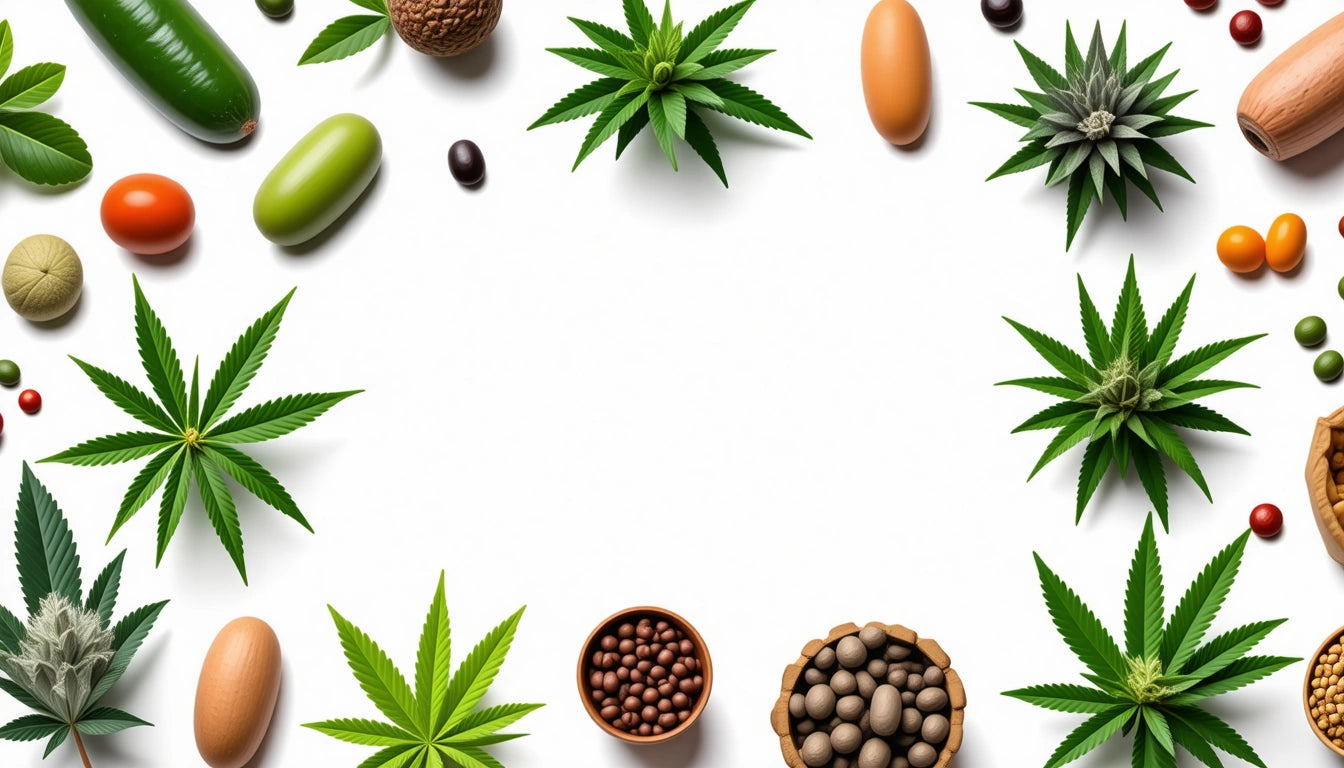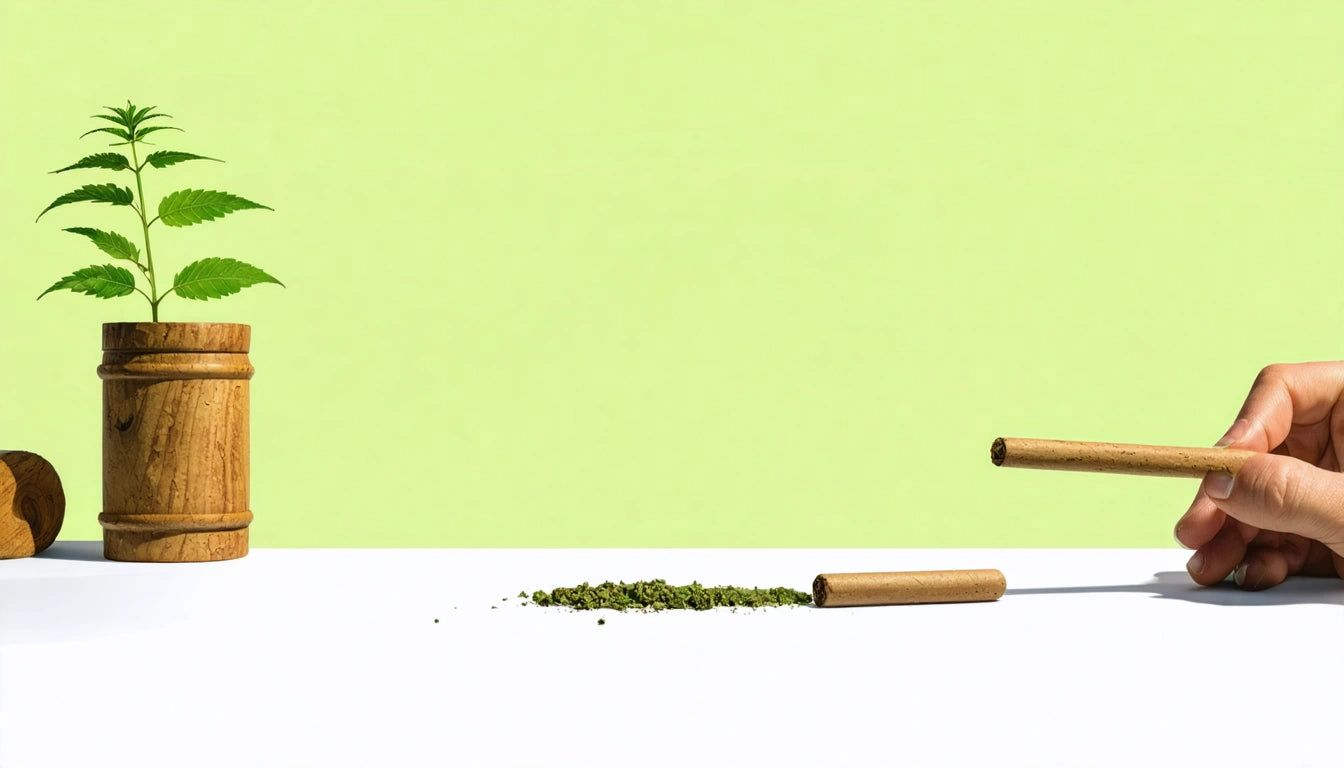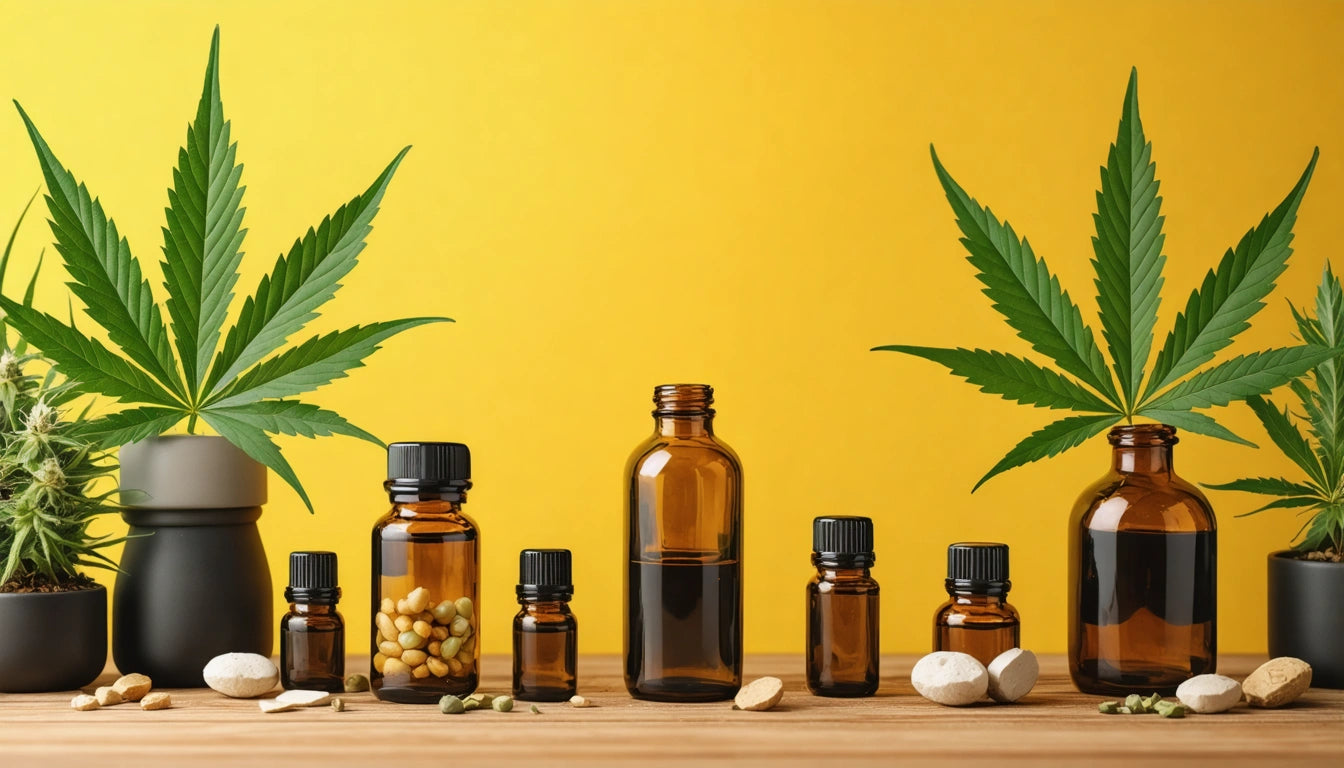Table of Contents
Essential Guide to Feeding Cannabis Plants: Tips and Best Practices
Proper nutrition is the foundation of healthy cannabis plants and abundant harvests. Understanding what to feed weed plants and how to establish an effective feeding schedule can make the difference between mediocre and exceptional results. This comprehensive guide covers everything from basic nutritional needs to advanced feeding techniques for cannabis cultivation.
Understanding Cannabis Nutritional Needs
Cannabis plants require specific nutrients at different stages of growth. Like all plants, they need macronutrients (nitrogen, phosphorus, and potassium) and micronutrients (calcium, magnesium, sulfur, and others) to thrive. The best feed for weed plants provides a balanced nutrient profile that changes as the plant develops from seedling to harvest.
According to research on cannabis fertilizers, plants in vegetative growth need higher nitrogen levels, while flowering plants benefit from increased phosphorus and potassium. Understanding these changing requirements is essential for cultivators seeking optimal results.
Essential Nutrients for Cannabis
Primary Macronutrients (NPK)
- Nitrogen (N): Essential for leaf and stem growth during the vegetative stage
- Phosphorus (P): Critical for root development and flower production
- Potassium (K): Supports overall plant health and disease resistance
Secondary Nutrients
- Calcium (Ca): Strengthens cell walls and supports nutrient uptake
- Magnesium (Mg): Central component of chlorophyll for photosynthesis
- Sulfur (S): Aids in protein synthesis and terpene production
Micronutrients
Cannabis also requires trace amounts of iron, manganese, zinc, copper, boron, and molybdenum. While needed in smaller quantities, deficiencies in these micronutrients can significantly impact plant health and yield.
Proper storage of nutrients is just as important as the feeding regimen itself. Using secure containers with child-resistant features helps maintain nutrient quality while ensuring safety, especially in households with children.
How to Feed Cannabis Plants
How to feed weed plants properly involves more than just applying nutrients. Consider these essential factors:
Water Quality
Start with properly pH-balanced water. Cannabis thrives in slightly acidic conditions:
- Soil growing: pH 6.0-7.0
- Hydroponic systems: pH 5.5-6.5
Always test and adjust water pH before adding nutrients to prevent nutrient lockout.
Application Methods
There are several ways to deliver nutrients to your plants:
- Soil amendments: Mixing nutrients directly into the growing medium
- Top dressing: Adding dry nutrients to the soil surface
- Liquid feeding: Dissolving nutrients in water for immediate availability
- Foliar feeding: Spraying nutrient solution directly on leaves for rapid absorption
Natural growing methods often combine these techniques for comprehensive plant nutrition.
Organic vs. Synthetic Nutrients
Cultivators often debate what does weed and feed do best: organic or synthetic nutrition. Both approaches have merits:
Organic Nutrients
Derived from natural sources like compost, worm castings, bone meal, and bat guano, organic nutrients:
- Build soil health and microbial activity
- Release nutrients slowly for steady uptake
- Often enhance flavor profiles in the final product
- Are more forgiving with application rates
Organic nutrient options continue to expand as more growers seek sustainable cultivation methods.
Synthetic Nutrients
Manufactured chemical compounds that:
- Provide precise nutrient ratios
- Are immediately available to plants
- Allow for faster correction of deficiencies
- Often produce larger yields in less time
Many commercial growers use hydroponic nutrient formulations to maximize production efficiency.
Feeding Schedule by Growth Stage
The best feed for weed plants varies by growth stage:
Seedling Stage (Weeks 1-2)
Seedlings require minimal feeding. Use:
- No added nutrients for the first week
- Quarter-strength nutrient solution in week two
- Focus on root development
Vegetative Stage (Weeks 3-8)
During vigorous growth, plants need:
- Higher nitrogen (N) ratios
- Gradual increase to full-strength nutrients
- Regular feeding every 1-2 waterings
Flowering Stage (Weeks 9-12+)
As flowers develop:
- Reduce nitrogen levels
- Increase phosphorus and potassium
- Consider bloom boosters for maximum yield
- Begin flushing 1-2 weeks before harvest
Following a structured feeding schedule helps prevent nutrient imbalances and maximizes plant potential.
Common Feeding Mistakes
Even experienced growers sometimes wonder, does weed and feed work as expected? Avoid these common pitfalls:
Overfeeding
Nutrient burn appears as yellow or brown leaf tips and edges. Always start with half-strength solutions and increase gradually based on plant response.
pH Imbalance
Improper pH levels lead to nutrient lockout, where plants cannot absorb available nutrients. Test and adjust pH regularly.
Inconsistent Feeding
Erratic feeding schedules stress plants. Establish and maintain a consistent routine based on your growing medium and plant needs.
Ignoring Plant Signals
Plants communicate through their appearance. Learn to recognize signs of deficiencies and excesses to make timely adjustments.
Advanced Feeding Techniques
Experienced growers can explore:
Living Soil Systems
Creating a self-sustaining ecosystem with beneficial microorganisms that naturally provide plant nutrition.
Nutrient Film Technique (NFT)
A hydroponic method where a thin film of nutrient-rich water flows over the roots continuously.
Controlled Release Fertilizers
Specially coated nutrients that release gradually over time, reducing the need for frequent feeding.
Advanced cultivation tools can help implement these sophisticated feeding strategies effectively.
Optimizing Your Feeding Strategy
The journey to mastering cannabis nutrition is ongoing. As you gain experience, you'll develop an intuitive understanding of what your plants need. Keep detailed records of feeding schedules, plant responses, and harvest results to refine your approach over time.
Remember that environmental factors like temperature, humidity, and light intensity all affect nutrient uptake. A holistic approach that considers all aspects of the growing environment will yield the best results.
For beginners, quality starter kits often include balanced nutrient packages designed to simplify the feeding process while you learn.
By understanding what to feed weed plants at each stage of growth and implementing a thoughtful feeding strategy, you'll be well on your way to cultivating healthy, productive cannabis plants with exceptional quality and yield.











Leave a comment
All comments are moderated before being published.
This site is protected by hCaptcha and the hCaptcha Privacy Policy and Terms of Service apply.